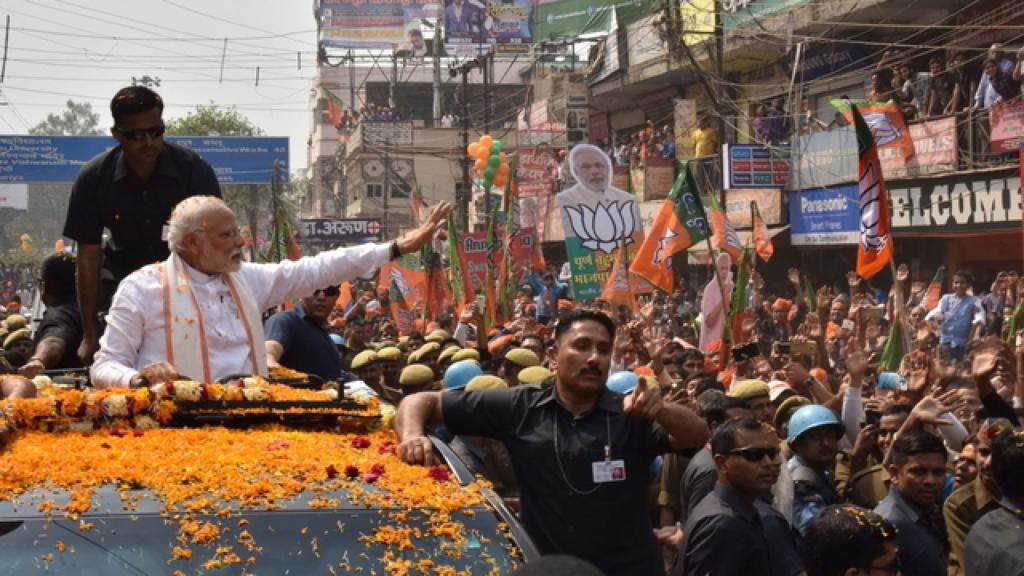Voters in the largest democracy of the world will be exercising their franchise in seven phases in the upcoming Lok Sabha elections. A country as big as India where a total of nearly 900 million people will be deciding to constitute the 17th Lok Sabha, each phase is crucial for forming the Government. Parties that are successful in gaining momentum in the first few phases are also sure to be at an advantage, as the momentum gained is transferred in the subsequent phases.
The 2015 Bihar assembly polls give good insight into this phenomenon. The BJP scored a massive victory in the 2014 general elections also posted a stellar performance in Bihar. Political pundits with their analysis had predicted a comfortable position for the BJP in the assembly elections, however the election schedule was set to impact all electoral predictions. Nitish Kumar led JD(U), going into the elections was seemingly at an advantage in the first phase of the elections, this lead generated in the first phase evolved into a solid perception victory which consolidated JD(U)’s voter base for the subsequent phases and helped JD(U) get the electoral advantage against the BJP in the elections. The perception victory in the initial phase catalyzed the voters support for the JD(U) which ultimately led to upsetting NDA’s plans in the state.
On similar lines the 2019 general elections is also poised to provide similar opportunities for political parties to utilize this early perception victory to their advantage. West Bengal where BJP is expected to make huge electoral gains may also be benefited by the election schedule in the state. West Bengal will be undergoing elections in seven phases with Northern West Bengal going under in the first two phases which includes Cooch Behar and Alipurduars in the first phase coupled with Jalpaiguri, Darjeeling and Raiganj in the second Phase.
A report published in The Gaze by DR. Praveen Patil provides a good insight into this scenario “Despite these caveats, BJP’s rise in Bengal is staggering. What can help BJP immensely is the way the election schedule has been drawn up. As north Bengal where TMC is at its weakest and BJP at its strongest goes to polls in the first two phases, it can lead to a massive perceptional victory for the saffron party because its cadre would be highly enthused in the next phases. As of today, BJP’s base case scenario in Bengal is a dozen odd seats (and best case scenario can well go beyond 25) which all but puts the party as the alternate pole to Mamata Didi’s politics of unprecedented and unbridled minority appeasement politics.”
However the most Important finding of the report is the nearly equal voter support for the TMC and the BJP based on the research “Our teams have travelled across the state and we have counter checked all our findings at least three times to come to this surprising conclusion of BJP and TMC being equal in terms of voter support at this point of time.”
With nearly equal voter support, lead in the first phase will not only result in a perception victory to consolidate votes in following phases but also to increased enthusiasm and motivation in the party cadre, which can be very instrumental considering new political equations developing in Uttar Pradesh where BJP won a massive 71 seats which is set to reduce given the alliance between long time arch rivals SP and BSP in the State.
